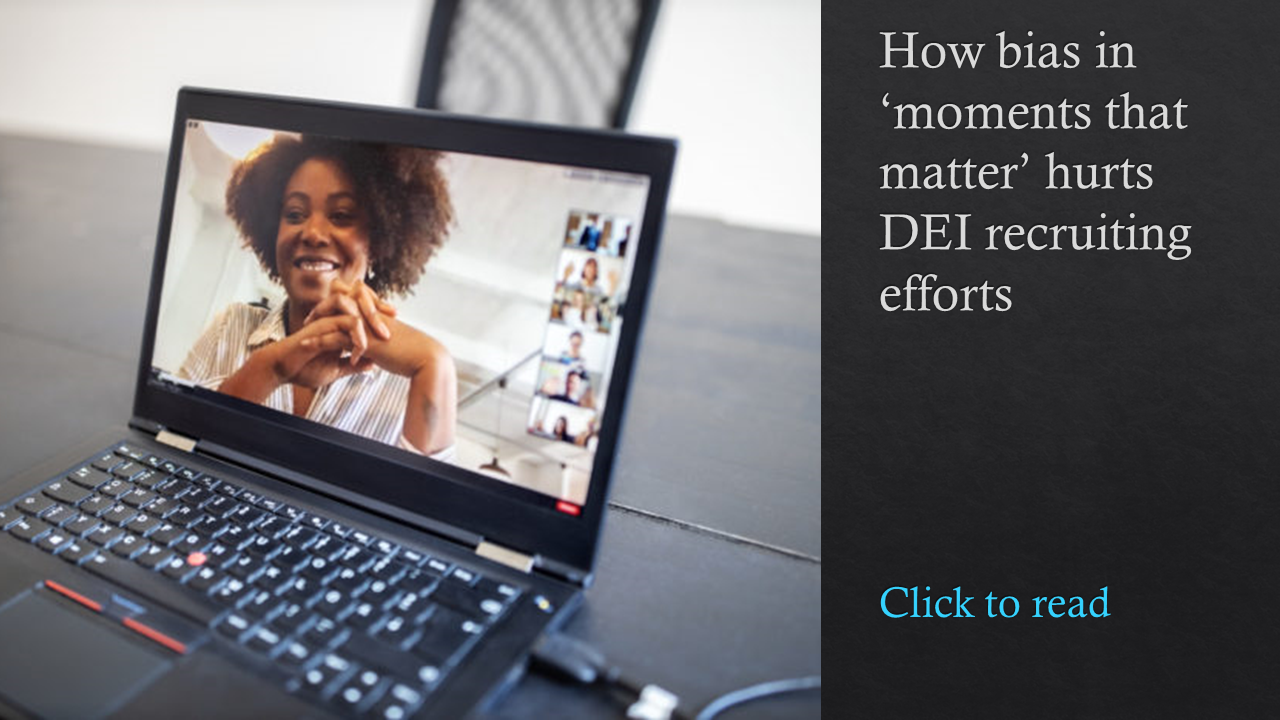Human resource leaders are becoming more adept at using data analytics but they still face challenges in the pursuit of integrating people insights into their HR and business strategies. This was among several findings published in Oracle’s recent The State of HR Analytics 2021.
The report examined HR leaders’ attitudes and practices when analyzing people analytics in order to make changes in their organizations’ operations. The research was based on a survey of more than 300 HR professionals from businesses ranging from 50 employees up to more than 20,000 workers.
“Little about people analytics is easy,” researchers wrote in the report’s executive summary. “It can be hard to collect data, clean it and draw insights from it. It’s even harder when there’s a need to integrate data among multiple systems–and commonly that is indeed needed.”
Related: Want real HR change? Look to data and analytics
Here are five more key takeaways from the Oracle HR analytics report:
1. Compensation is a key driver of HR analytics.
Compensation professionals are typically comfortable with analytics thanks to their experience crunching numbers. That said, the recent zeal for transparency pertaining to pay equity and performance management is pushing compensation experts to drill deeper “for more robust and insightful analyses” with the data available to them, reports Oracle.
“Compensation experts increasingly need to be working in tandem with other HR experts who can connect the dots with other key areas of the business, such as talent acquisition, performance management, learning and development, and diversity, equity and inclusion,” the report states.
2. Data is coming from many different sources.
HR professionals venturing into data reports often don’t initially appreciate the challenges of this task. For instance, they must gather data from various applicant tracking, learning and development, and performance management systems. More than one-third of respondents pull data from four or more systems, 9% use data from eight or more systems and 4% rely on 12 or more systems.
3. Most organizations face hurdles when it comes to people analytics.
 Confidence does not run high when HR professionals rate their people analytics efforts. Only 35% said they have the ability to make positive changes based on analytics, and just 29% described their efforts as good or very good. “This leaves roughly a third who are poor or very poor at making positive changes based on people analytics,” according to Oracle. Only 36% of respondents agreed or strongly agreed that their people analytics platform delivers actionable insights.
Confidence does not run high when HR professionals rate their people analytics efforts. Only 35% said they have the ability to make positive changes based on analytics, and just 29% described their efforts as good or very good. “This leaves roughly a third who are poor or very poor at making positive changes based on people analytics,” according to Oracle. Only 36% of respondents agreed or strongly agreed that their people analytics platform delivers actionable insights.
Related: How data is driving the exploding internal marketplace
4. Analytics is descriptive, rather than prescriptive or predictive.
More than two-thirds of organizations make at least moderate use of descriptive analytics, or “talent-related data [that] describe[s] what has happened in the past.” On the other hand, prescriptive analytics allow leaders to gain useful insights, while predictive analytics uses “tools such as statistical models and machine learning to make predictions about the future,” reports Oracle.
Currently, 43% of respondents make at least moderate use of prescriptive analytics, while 34% make at least moderate use of predictive analytics. “Only 15% of organizations make high or very high use of predictive analytics,” Oracle researchers noted.
5. Clean data is hard to come by.
Among the most challenging elements of people analytics are data integration, cleaning and visualization, reports Oracle. Nearly half rate their data integration as “fairly difficult” or “very difficult,” while 42% said the same about data clean-up and 38% about analytics visualization.



